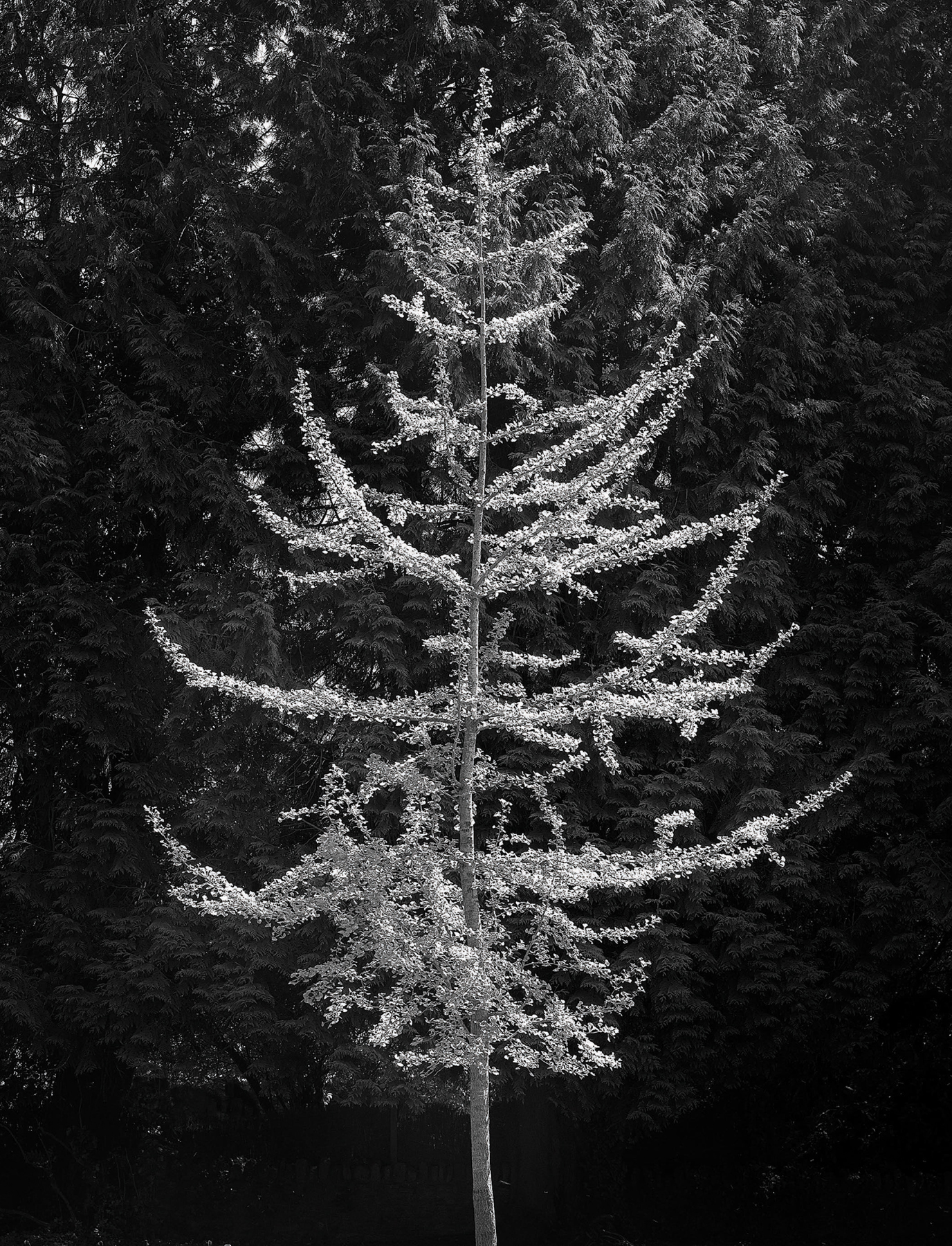
Copyright 2018 by Tony Howell
All rights reserved.
All photographs by the author unless otherwise noted.
Published by:
Amherst Media, Inc., P.O. Box 538, Buffalo, N.Y. 14213
www.AmherstMedia.com
Publisher: Craig Alesse
Senior Editor/Production Manager: Michelle Perkins
Editors: Barbara A. Lynch-Johnt, Beth Alesse
Acquisitions Editor: Harvey Goldstein
Associate Publisher: Katie Kiss
Editorial Assistance from: Ray Bakos, Carey A. Miller, Rebecca Rudell, Jen Sexton-Riley
Business Manager: Sarah Loder
Marketing Associate: Tonya Flickinger
ISBN-13: 978-1-68203-351-7
Library of Congress Control Number: 2017963172
10 9 8 7 6 5 4 3 2 1
No part of this publication may be reproduced, stored, or transmitted in any form or by any means, electronic, mechanical, photocopied, recorded or otherwise, without prior written consent from the publisher.
Notice of Disclaimer: The information contained in this book is based on the authors experience and opinions. The author and publisher will not be held liable for the use or misuse of the information in this book.

www.facebook.com/AmherstMediaInc
www.youtube.com/AmherstMedia
www.twitter.com/AmherstMedia
AUTHOR A BOOK WITH AMHERST MEDIA!
Are you an accomplished photographer with devoted fans? Consider authoring a book with us and share your quality images and wisdom with your fans. Its a great way to build your business and brand through a high-quality, full-color printed book sold worldwide. Our experienced team makes it easy and rewarding for each book soldno cost to you. E-mail today!
Contents


Table of Contents
Guide

Tony Howell is a professional photographer with over thirty-five years experience, based in Somerset, England. His images have been used in countless books, calendars, magazines, on television, in a Hollywood movie, on billboards, brochures, catalogues, greeting cards, posters, postcards, websites, national newspapers, fleets of vans, and much more. His clients include National Geographic, The BBC, Christies, Royal Mail, The Tate, The National Trust, Penguin Books, Unicef, The Forestry Commission, and many more. His motto is Peace and Joy through Beauty, and he tries to express this sentiment in his images. Trees are his favourite photographic subject.
www.tonyhowell.co.uk
www.facebook.com/TonyHowellPhotography/
www.twitter.com/tonyhfoto

These oak trees were photographed just as the first leaves were starting to appear. Ive always liked groups of three, whether trees or plants. In the foreground are celandines (Ficaria verna), part of the buttercup family.

English elm (Ulmus minor Atinia) is a deciduous tree native to southern and eastern Europe. Before metal was widely available, water pipes were made from the wood of the elm. The tree shown is in Cheddar Gorge, England, where cheddar cheese originates from. The local cheese is still stored to mature in the caves under the limestone cliffs, where the temperature is constant.

The same tree in winter.

This woodland scene, featuring beech trees (Fagus sylvatica) with dense bluebells flowering beneath, is typical of the month of May in England. The scent of the bluebells (Hyacinthoides) can be subtle or sometimes quite strong. They often grow among beech trees, as the conditions under them are perfect. New leaves dont form on the beech trees until the bluebell flowers are almost finished, giving the flowers plenty of light early in the year. In autumn, the fallen beech leaves and dying-off bluebell leaves give valuable nutrients back to the soil, benefitting both.

A closer view of bluebells growing under a beech tree.

This golden Indian bean tree (Catalpa bignonioides Aurea) was photographed in Wells, Somerset, England. Its a stunning tree with very large, bright leaves and showy, bell-shaped flowers in late summer.

Tree of heaven (Ailanthus altissima) is named because of its tendency to grow fast and straight upwardsbut there are now calls for what some have renamed the tree of hell to be strictly controlled because of the threat it poses to native plants. The tree sends out a poison to stop other species growing nearby and sends out a mass of suckers that smother other plants. This particular 128-year-old tree (planted in 1885) recently blew down in a gale. It was located in Wells, Somerset, England.

This is a thorny acacia (Acacia catechu) south of Mumbai, Indiaalthough it could easily be on the African continent, which looks similar in many places. Acacias provide food for both animals (usually their fallen pods) and humans. You may have noticed acacia as an ingredient in soft drinks, mints, and even chewing gum.

This copse of beech trees (Fagus sylvatica) on a hilltop in Southern Great Britain is a local landmark, visible for miles around. Its also a useful place for cows to avoid the weather. Seeing it always makes me feel goodas its usually when Im going south for my holidays!






























